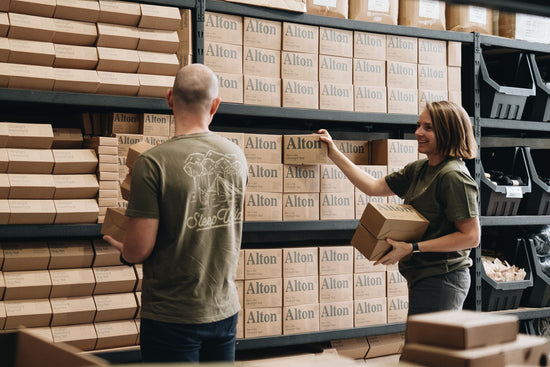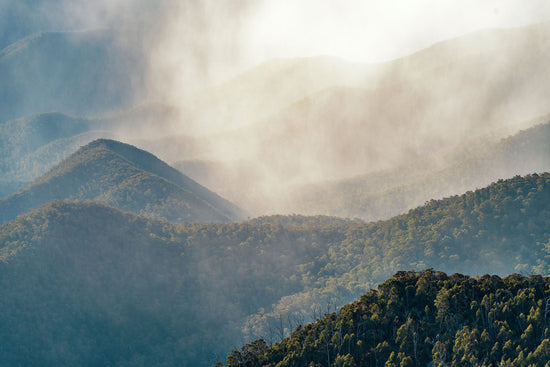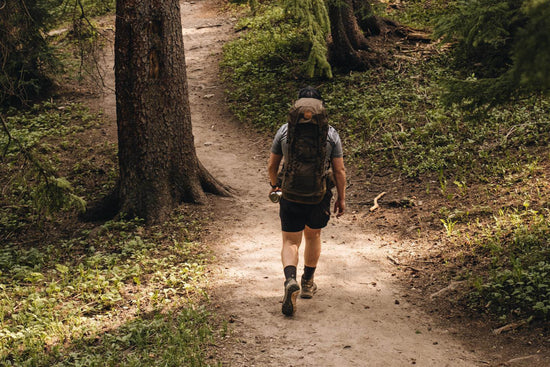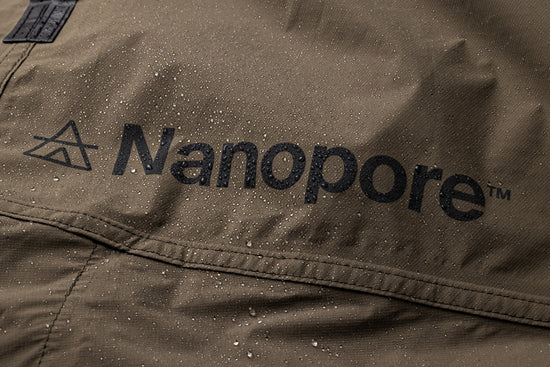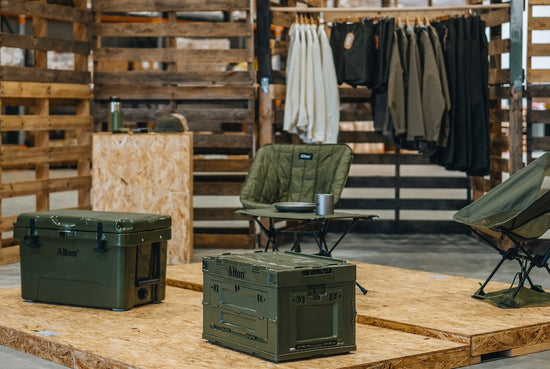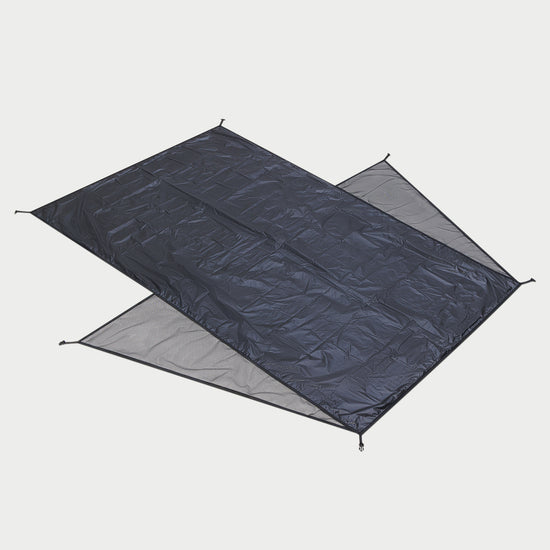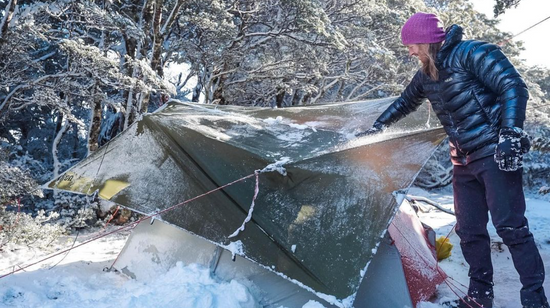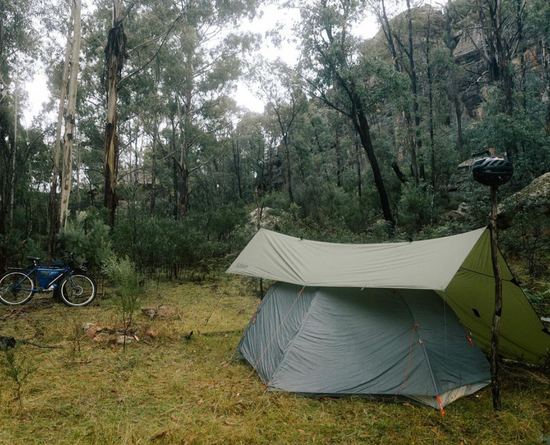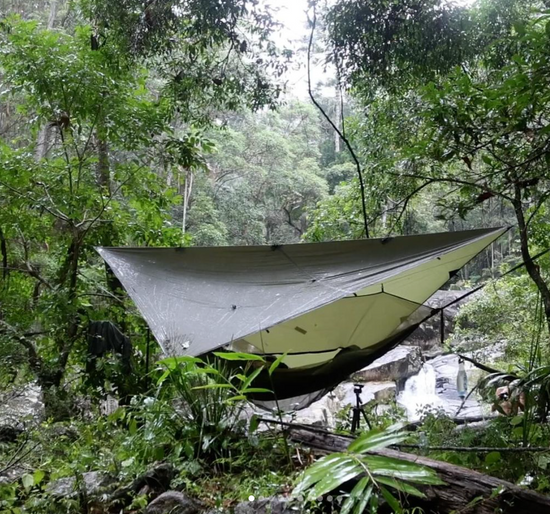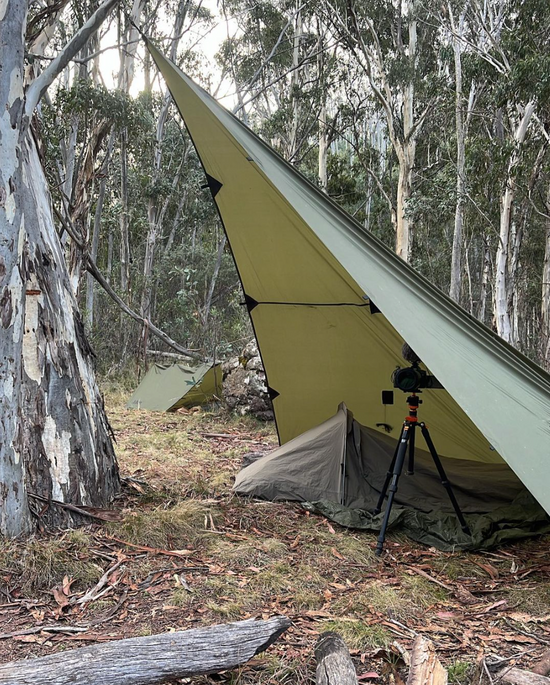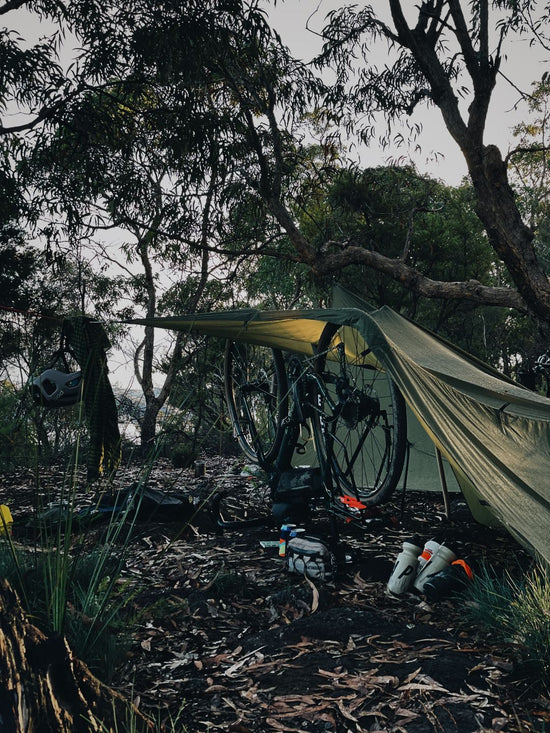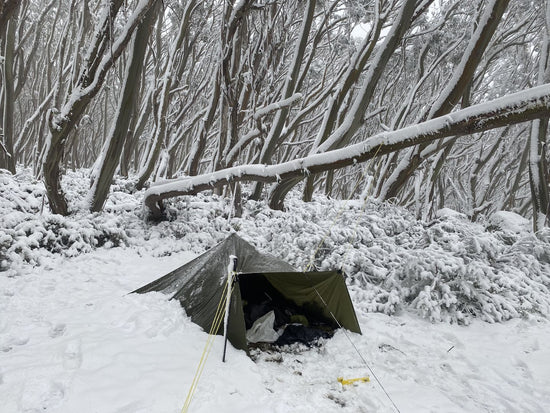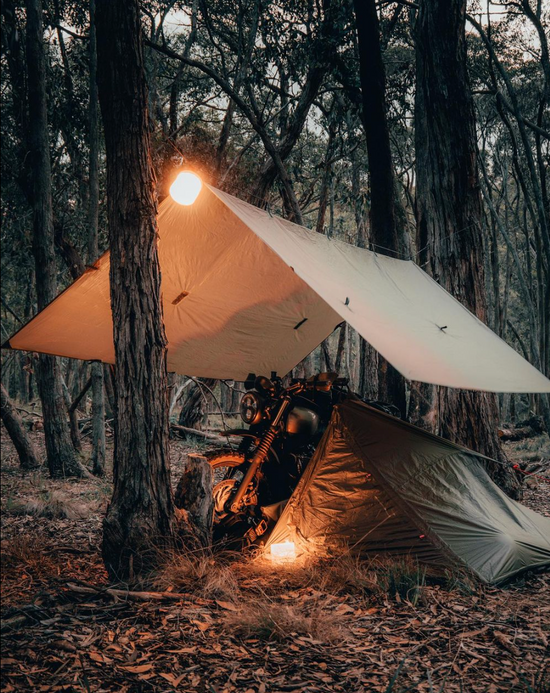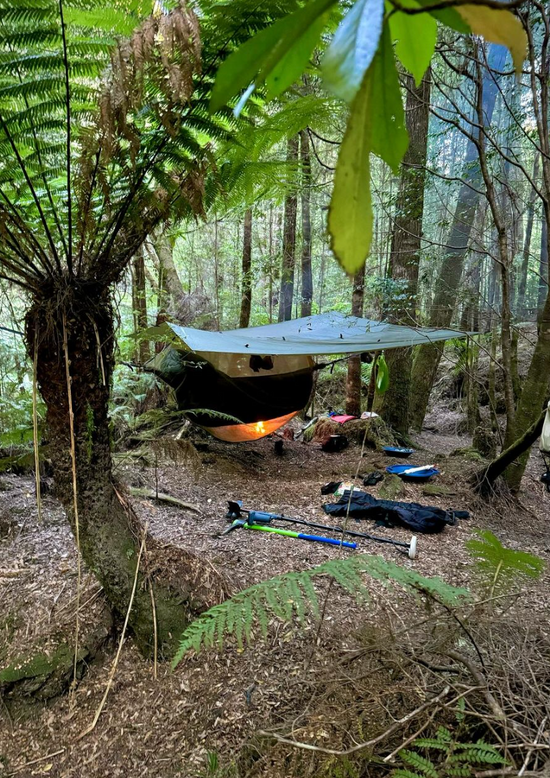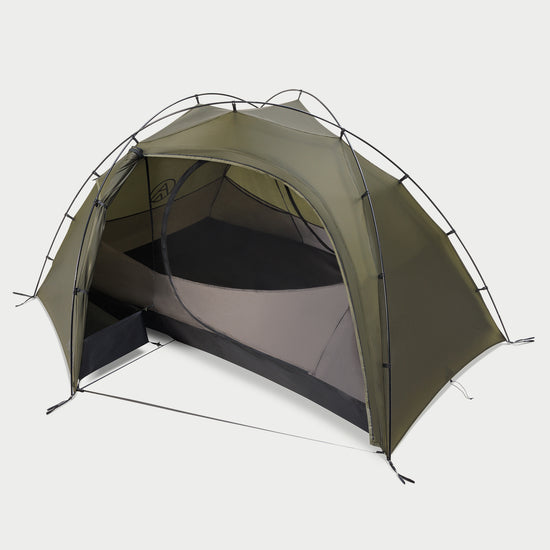
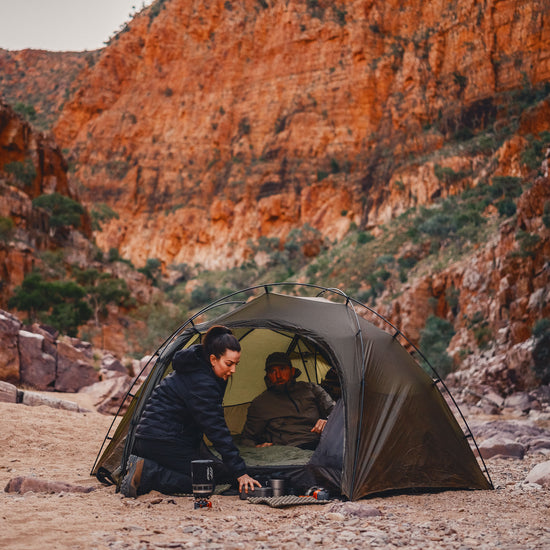
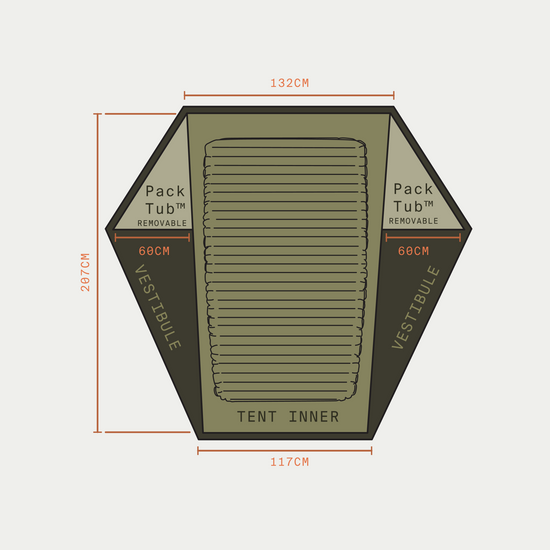
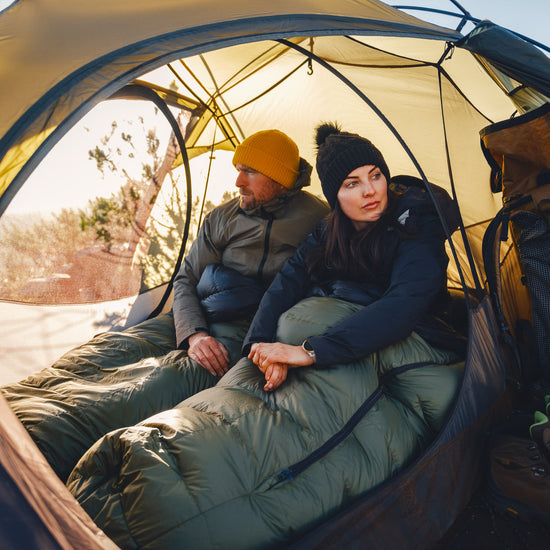
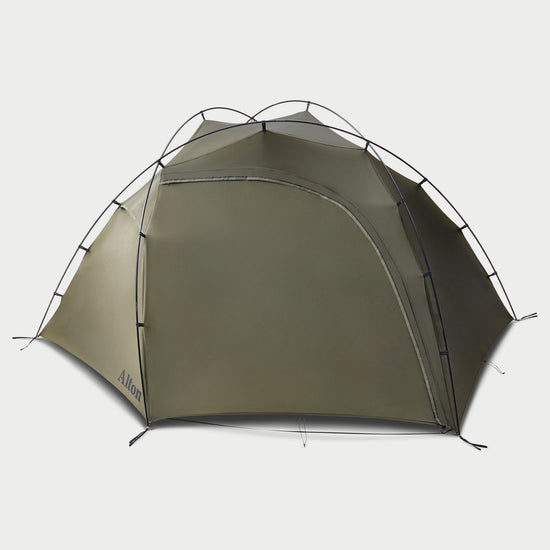
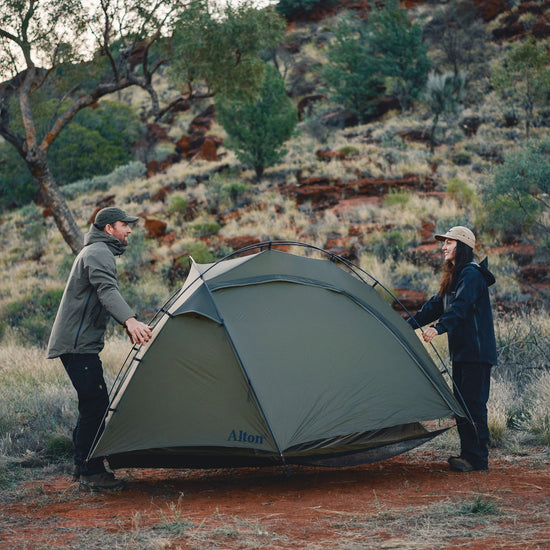
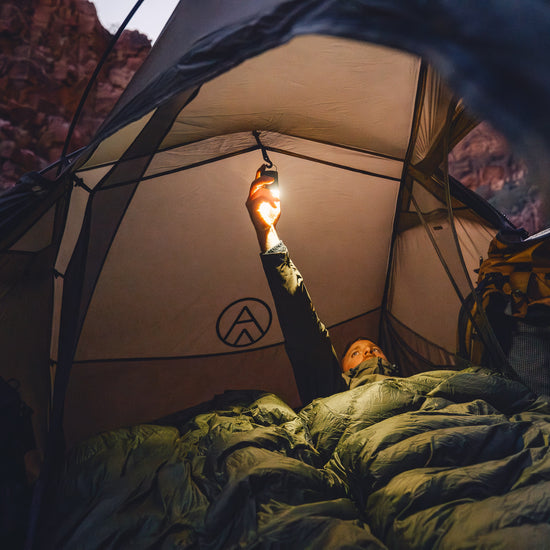
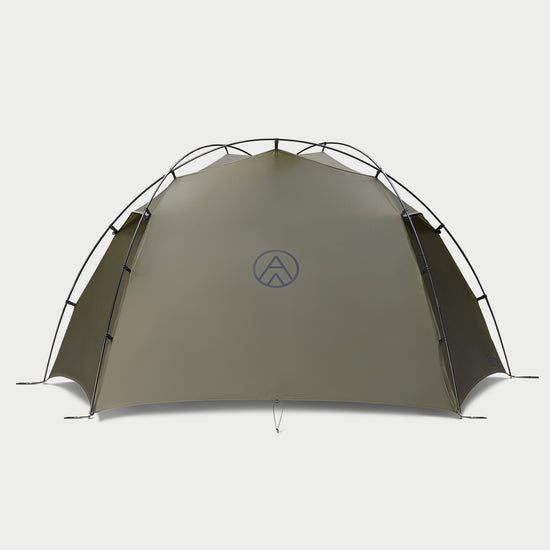
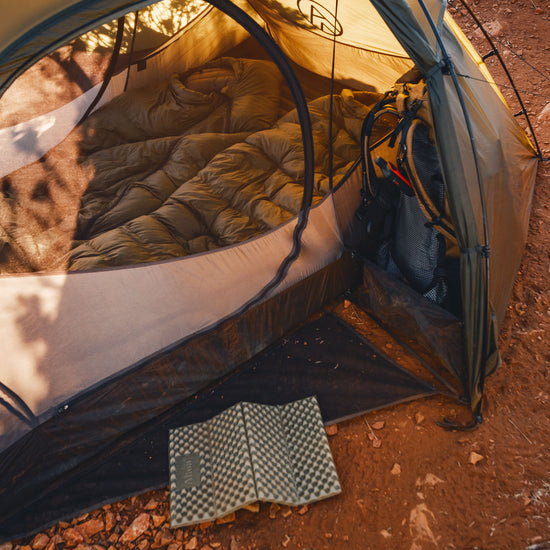
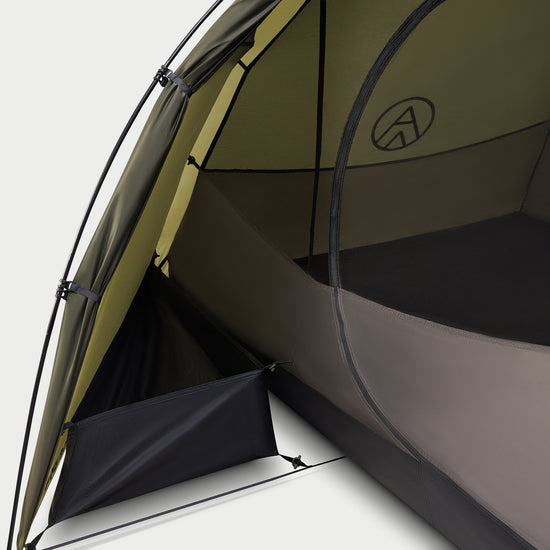
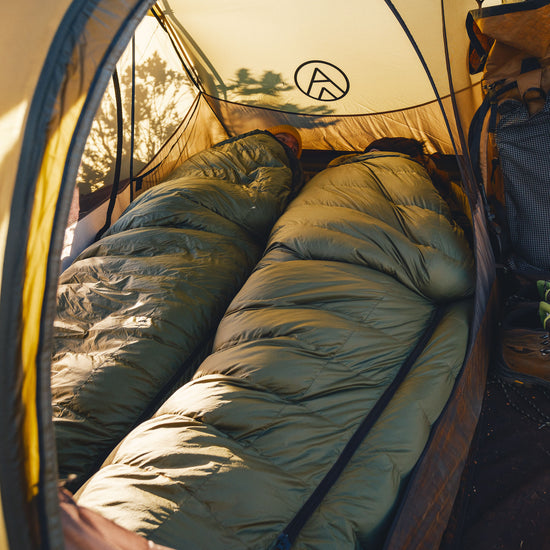
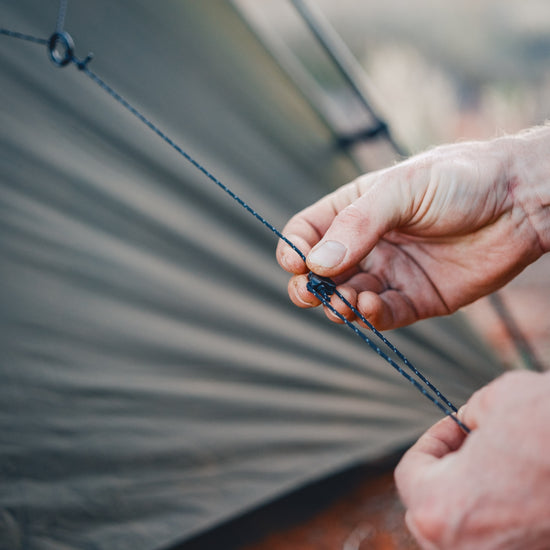
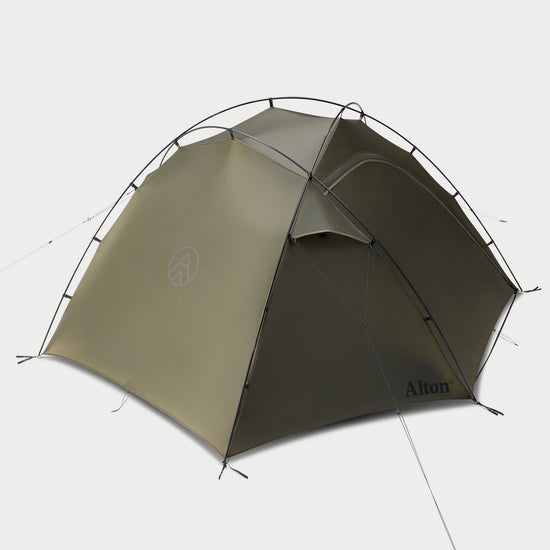
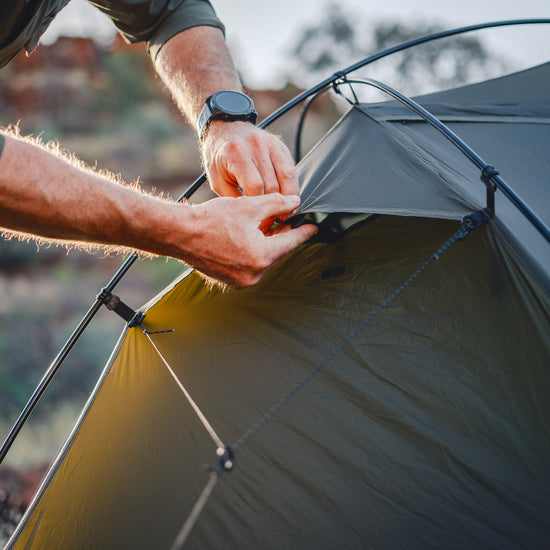
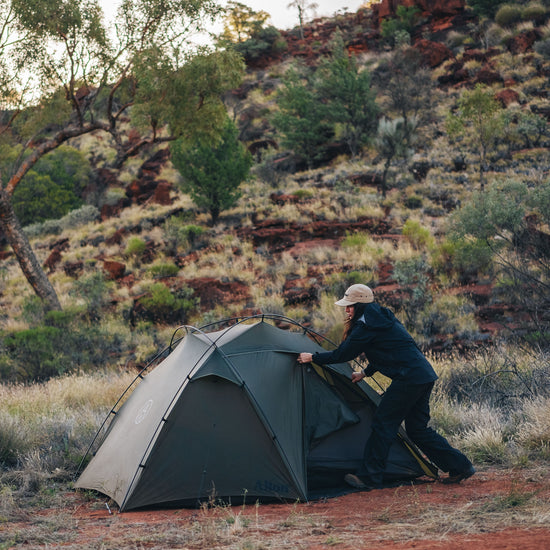
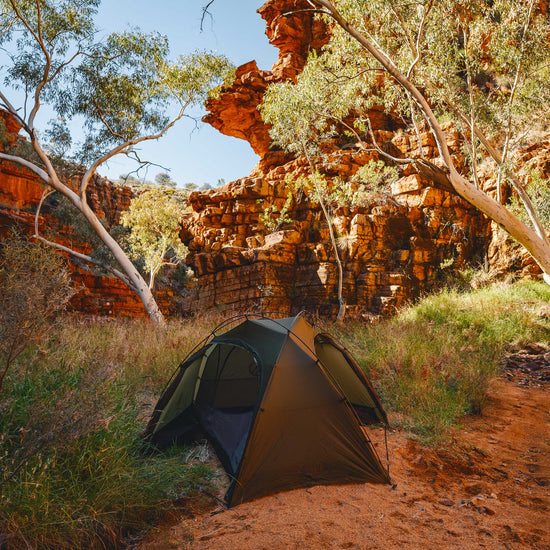
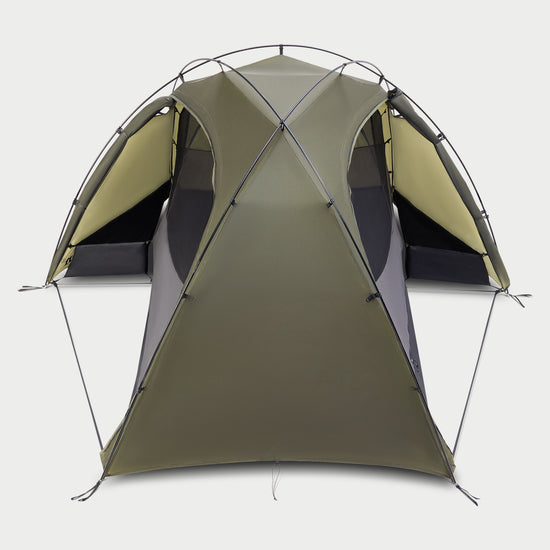
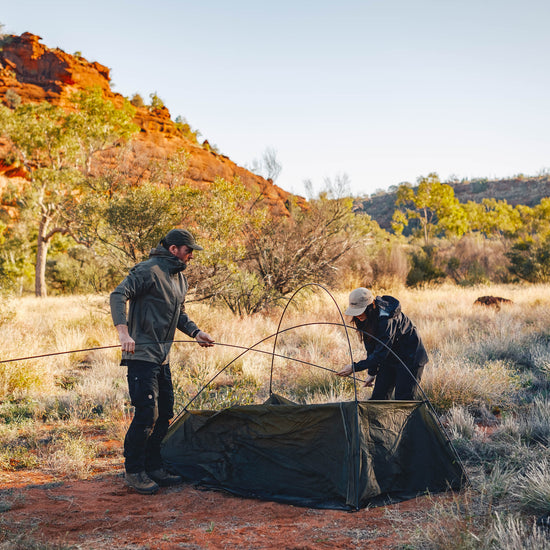

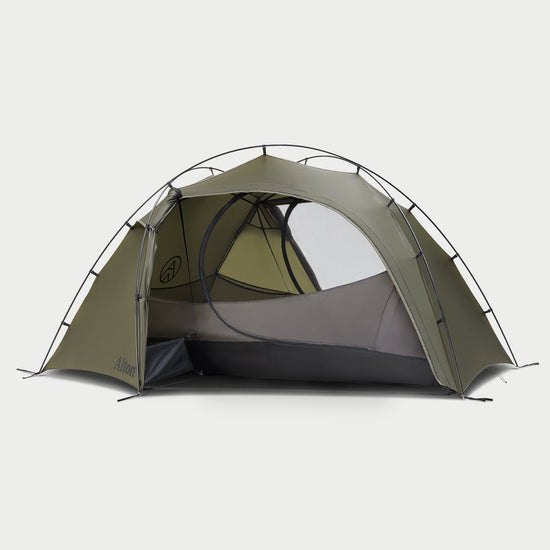
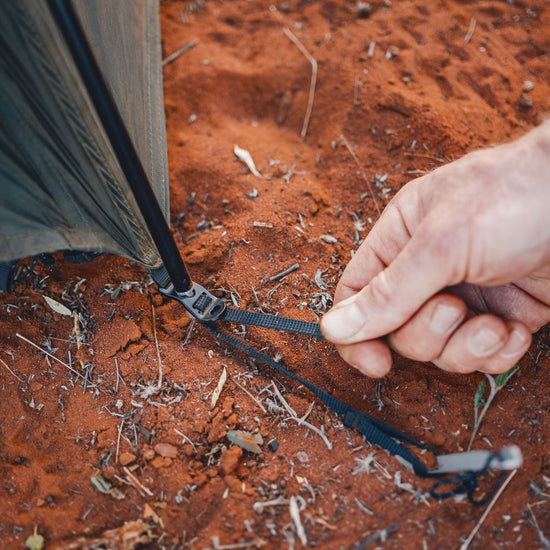
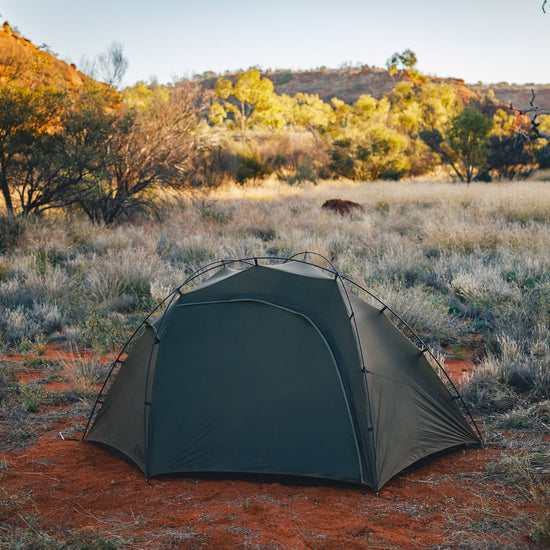
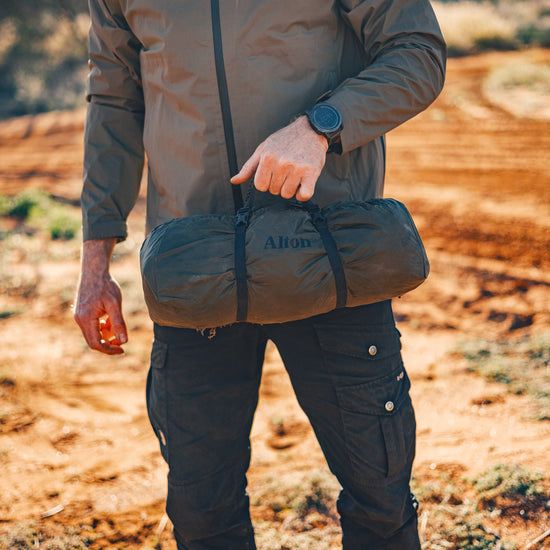
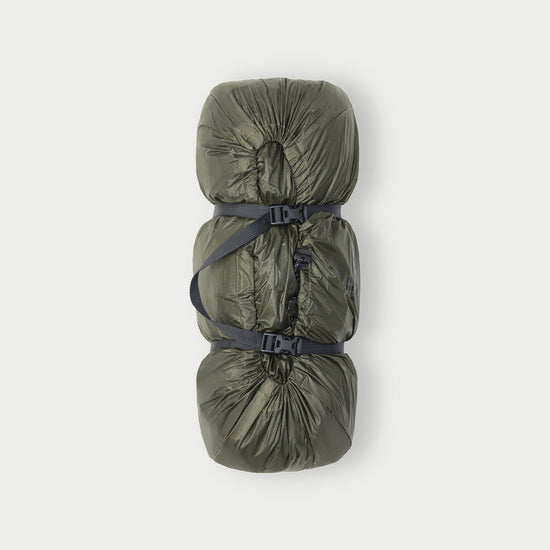
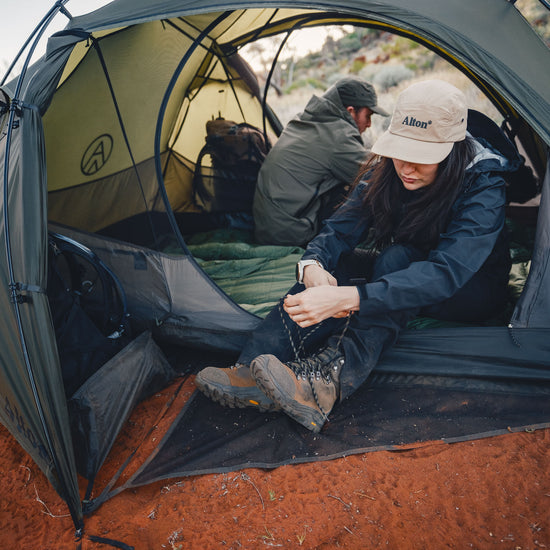

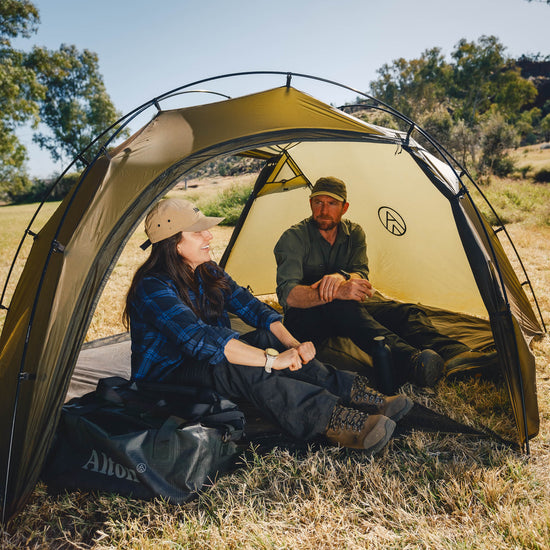
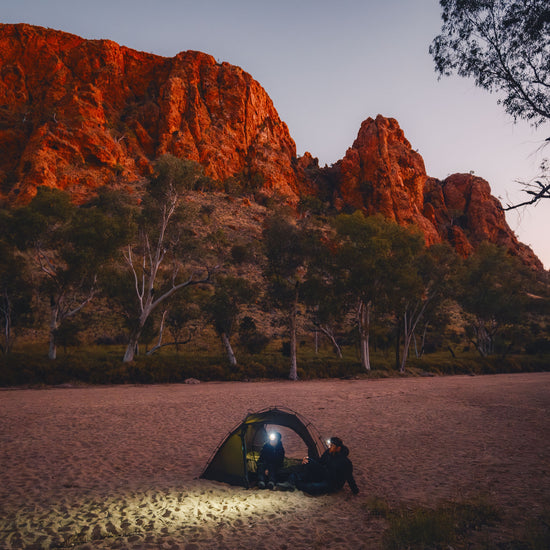
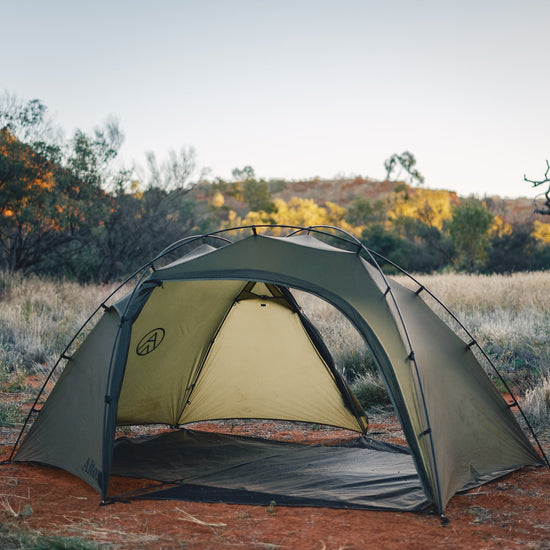
-
Ships in 24 hrs
-
Easy returns
-
Lifetime Warranty*
Frequently bought together
-
Insulated Double Sleeping Mat (R4) Set
$428.00 $486.00
-
2P Tent - Footprint
$54.00
ALL ALTON PRODUCTS ARE COVERED BY A LIFETIME WARRANTY.* CLICK HERE TO LEARN MORE.
ALL ALTON PRODUCTS ARE COVERED BY A LIFETIME WARRANTY.* CLICK HERE TO LEARN MORE.
ALL ALTON PRODUCTS ARE COVERED BY A LIFETIME WARRANTY.* CLICK HERE TO LEARN MORE.
ALL ALTON PRODUCTS ARE COVERED BY A LIFETIME WARRANTY.* CLICK HERE TO LEARN MORE.
Explore Product Features

Optimal Ventilation
Optimal Ventilation

Freestanding Architecture
Freestanding Architecture

Built-In Gear Storage
Built-In Gear Storage

Quick & Easy Setup
Quick & Easy Setup

Specifications
| Capacity | 2 People |
| Season Rating | 3.5 Season |
| Floor Dimensions | 207cm (Length) × 132cm (Head Width) × 120cm (Middle Width) × 117cm (Foot Width) |
| Internal Height | 110cm (at highest point) |
| Vestibule Width | 60cm each side (at widest point) |
| Fly Material | 10D Ripstop Nylon, Silicon/PU coating 1500mm |
| Inner Material | 15D Nylon + 10D Nylon Micromesh |
| Floor Material | 20D Ripstop Nylon, Silicon/PU coating 2500mm |
| Trail Weight (Tent + Poles + 10 Pegs) | 1.814kg |
| Total Packed Weight | 1.898kg |
| Total Packed Dimensions | 41 × 15 × 15cm |
| Collapsed pole length | 39cm |
| Poles | DAC Featherlite® 8.5mm (NFL) (7g) |
| Pegs | DAC Featherlite® J-Stake (F) |
What's included
1 × OUTER FLY TENT
1 × INNER TENT
13 x DAC FEATHERLITE® J-STAKE (F) PEGS
3 x DAC FEATHERLITE® (NFL) POLES
3 x KNOTLESS ADJUSTABLE GUYLINES
1 x SIDE ENTRY COMPRESSION CARRY BAG
Heavy-Duty Protection, Lightweight Construction
Whether you’re heading to your favourite campsite for the long weekend or backpacking in the wilderness for weeks at a time, Alton’s Ultralight 2-Person Tent is built to handle whatever the wild throws your way. Weighing just 1.8kg all up, we’ve utilised premium, high-performance materials, including ripstop nylon, DAC Featherlite® poles, and 10D micromesh, to create a lightweight 3.5-season shelter that will provide you with years of reliable service in the field.
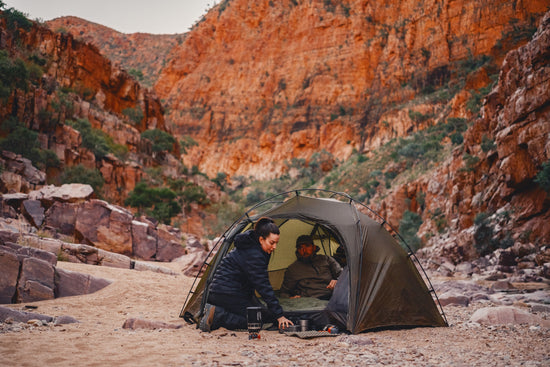
Space Maximising Design
Alton’s 2-Person Ultralight Tent gives you plenty of space to share with a hiking partner – or spread out on your own. Tapering from 132cm at head, to 120cm middle, and 117cm at the foot end of the tent, you can comfortably sit up, change clothes, and share the space without feeling claustrophobic. The dual doors allow for hassle-free entry and exit from either side of the tent, so there’s no need to climb over your hiking partner in the middle of the night. Plus, with the dedicated PackTub™ storage space under the vestibule, you can leave your pack or other bulky items outside, knowing they’ll be safe and dry.
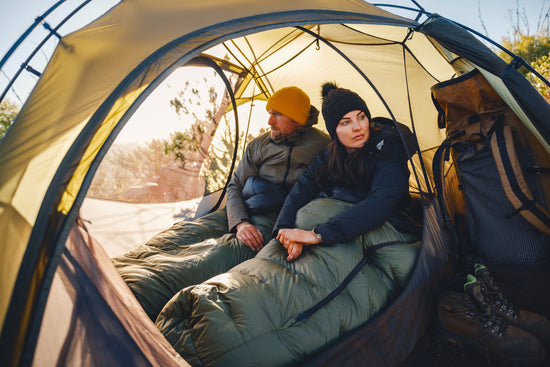
Storm-Ready Protection
Alton’s Ultralight 2-Person Tent features an external frame architecture with three full-length poles, offering superior stability in challenging conditions year round. In heavy downpours, the RainGuard™ Door System, with an outward opening door and integrated rain gutter, acts as an extra line defence against run-off and minimises dripping inside the tent. For ultralight missions, the fly-only setup mode can be used to create a single-layer shelter that’s still highly protective and capable of withstanding rain, wind, and light snow loading.
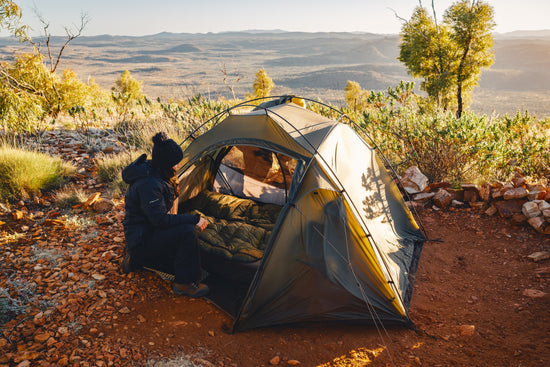
Tent Footprint Add-On
Get the most out of your Ultralight 2-Person Tent with the purpose-built Footprint add-on. By protecting your tent floor against damage from dirt, debris, and moisture, this Footprint can extend the lifespan of your Tent and keep it functioning at its best for longer. Our unique Tent Footprint design also includes doormats at both entry points. Made from a tough, abrasion-resistant mesh, these doormats give you a clean, dry spot to sit or stand while you’re taking off your boots, organising gear, or getting in and out of your shelter.
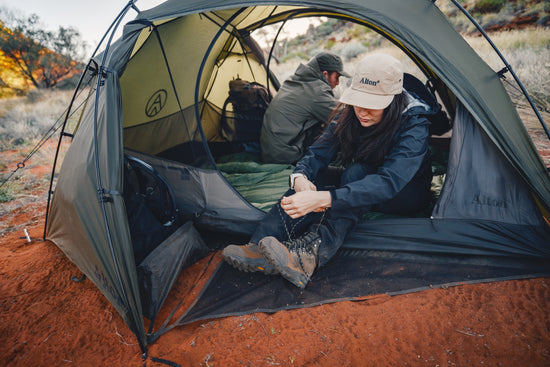
FAQ's
-
Two person tents can range a bit in size, depending on what niche the tent is designed for.
Lightweight 2-person tents designed for hiking and backpacking in challenging terrain tend to be around 200-220cm long and 127-134cm wide at the head with a total floorspace of 2.5-2.8m². Many lightweight hiking tents are tapered, meaning they become slightly narrower towards the foot end, which helps reduce overall weight.
Our Ultralight 2-Person Tent falls into this category, measuring 212cm long, 133cm wide at the head tapering to 118cm at the foot, with a floor area of approximately 2.65m².
However, 2-person tents for car camping or other activities where weight isn’t a concern can be a lot bigger than lightweight or ultralight alternatives. Generally, 2-person camping tents will measure around 210-230cm long and 130-150cm wide, with a total floor area of 2.8-3.3m².
At the end of the day, if you’re trying to determine what is a “good” size for a 2-person tent, you’ll need to start by assessing your needs and preferences.
-
Tent weight is a bit of a touchy subject among ultralight hikers. It’s one of those things that people seem to form very strong opinions about. Needless to say, there is no universal agreement about how much a tent should weigh in order to be called “ultralight”.
Differing opinions aside, the ballpark estimate for how much an ultralight 2-person tent should weigh is between 1.2-2kg.
Ultralight 2-person tents that weigh 1.3kg or less are usually more specialised (and expensive), featuring single-wall designs, trekking pole support systems, or extremely light materials such as Dyneema® composite fibre. These models often sacrifice comfort and durability in order to get the weight down as low as possible.
On the other end of the scale, ultralight 2-person tents that are around 1.8-2kg will still be light and extremely packable, but they tend to have more features, better durability, and a slightly lower price tag.
The ultralight mentality can sometimes cause us to chase the smallest numbers above all else. But weight isn’t the only metric that matters. Comfort, durability, space, and weather protection are all valid priorities to have when buying a tent, too.
Gear is personal, so at the end of the day, as long as you choose a tent that suits your needs, budget, and style of camping, then great – you don’t need to defend that choice.
-
Tent season ratings give you a rough guideline for what conditions a particular tent is intended for.
3-season tents are designed for use in spring, summer, and autumn conditions. Despite the name, 3-season tents can be used in mild to cold conditions year round, making them a good all-rounder for most outdoor scenarios. However, as the name implies, a 3-season tent is not suitable for extremely cold, stormy, or wintery conditions where you are likely to encounter high winds, driving rain, and snow.
3.5-season tents offer a bit more protection and durability in harsh conditions, making them ideal for use in shoulder seasons or alpine environments where the weather can be unpredictable at any time of year. They usually feature a stronger structure and the materials may be more durable than those found in a 3-season tent.
4-season tents are specifically designed to deal with freezing winter weather, including strong winds and snow. They are usually made with robust materials that provide extreme weather-resistance, but this can make them much heavier, bulkier and less breathable. This means that, contrary to the name, 4-season tents often aren’t ideal for use in all four seasons as they are too hot to use in warm weather.
-
Tent waterproof ratings are determined by calculating the hydrostatic head of the fabric, which measures how much water pressure (in millimetres) the fabric can withstand before it starts to leak.
For example, a tent fly with a hydrostatic head rating of 1,500mm could hold a 1.5m high column of water before any moisture seeped through.
A higher hydrostatic head rating means the fabric can withstand greater water pressure before it leaks. But when it comes to tents, higher doesn’t always equal “better”.
To push above 2,000mm, the tent fabric will usually need to be thicker, and more coatings will need to be applied. This can add weight, reduce flexibility, and make the tent bulkier when packed.
Some ultralight materials have extremely high hydrostatic head ratings (8,000mm and up), but that comes at a cost. Literally. As well as being very expensive, these materials tend to have durability issues.
With all that in mind, for most scenarios, a tent with a hydrostatic head rating of 1,200-1,800mm on the fly and 2,000-2,500mm on the floor is going to be more than enough for your typical camping conditions, including rain, wind, and even the occasional storm.
If you do regularly camp in more extreme conditions, with strong winds, severe storms, or heavy rain that goes on for days at a time, then a tent with a hydrostatic head rating of 2,000-3,000mm for the fly and 5,000 or more for the floor is advisable.
Although the hydrostatic head rating is very important, it’s also essential to consider other factors, like fabric quality, coating composition, seam sealing, and the overall design of the tent, as these all play a big part in how effective your tent is at keeping you dry in real-world conditions.
-
Our Ultralight Tent’s outer fly is made from 10D ripstop nylon with a 1,500mm silicone/PU coating, and the floor is made from a 20D ripstop nylon with a 2,000mm silicone/PU coating.
We utilise a high-tenacity ripstop nylon with a square grid, meaning there are thicker, stronger threads woven in a grid pattern throughout the fabric. Combined with a high thread count, this increases the tear strength while keeping the overall weight very low.
Then there’s our dual silicone/PU coating, which is formulated to offer the best performance and longevity in outdoor settings. Not only is this coating waterproof, it also increases the tear strength, UV-resistance and durability of the fabric.
On the inside of the tent fly and floor, we’ve opted for a thin polyurethane (PU) layer, which allows us to fully seam seal the tent with heat tape, ensuring fewer potential leak points. This also reduces some of the slipperiness that can come with silicone-coated tent floors.
So 10D outer fly and 20D floor might not sound like much, but the reality is that it’s not the denier that makes this fabric exceptionally durable, but all these elements working together.
But “durable” doesn’t mean indestructible. Your Ultralight Tent can (and will) still be damaged if it’s stabbed by sharp branches, dragged over debris, or exposed to heavy abrasion. We strongly encourage you to use the Ultralight Footprint at all times, and avoid setting up in places where shrubs or branches are rubbing against the fly.
We back our Ultralight Tents with a Lifetime Warranty* against manufacturing defects in materials or workmanship, but that’s not a free pass to abuse it. Take care of your tent, and it will take you further.
-
Properly cleaning and caring for your tent is an important outdoor skill and will help keep your tent functioning at its best for longer.
After every use, we recommend unpacking your tent and allowing it to air dry in a well-ventilated area out of direct sunlight until it’s completely dry. Packing it away while damp can damage the fabric or coatings, and may contribute to mould growth over time.
While your tent is out and unpacked, we encourage you to give it a spot clean. Shake or brush out any debris, then use a soft cloth with a cleaning solution that’s formulated for outdoor gear, such as Nikwax Tech Wash®, to clean away any dirty marks on the fabric.
If a deep clean is required, fill your bathtub or a large bucket with lukewarm water and add some suitable technical gear wash, using the dilution ratio specified on the bottle. Work over the fabric using a sponge or soft cloth, then rinse thoroughly to remove the soap residue. Gently wipe off the excess water with a towel, then drape the tent on the clothesline or over a rack and leave to air dry completely.
If you use your tent frequently (30+ nights per year), we recommend using a waterproofing and/or solar-protective treatment, such as Nikwax SolarProof® at least once a season.
